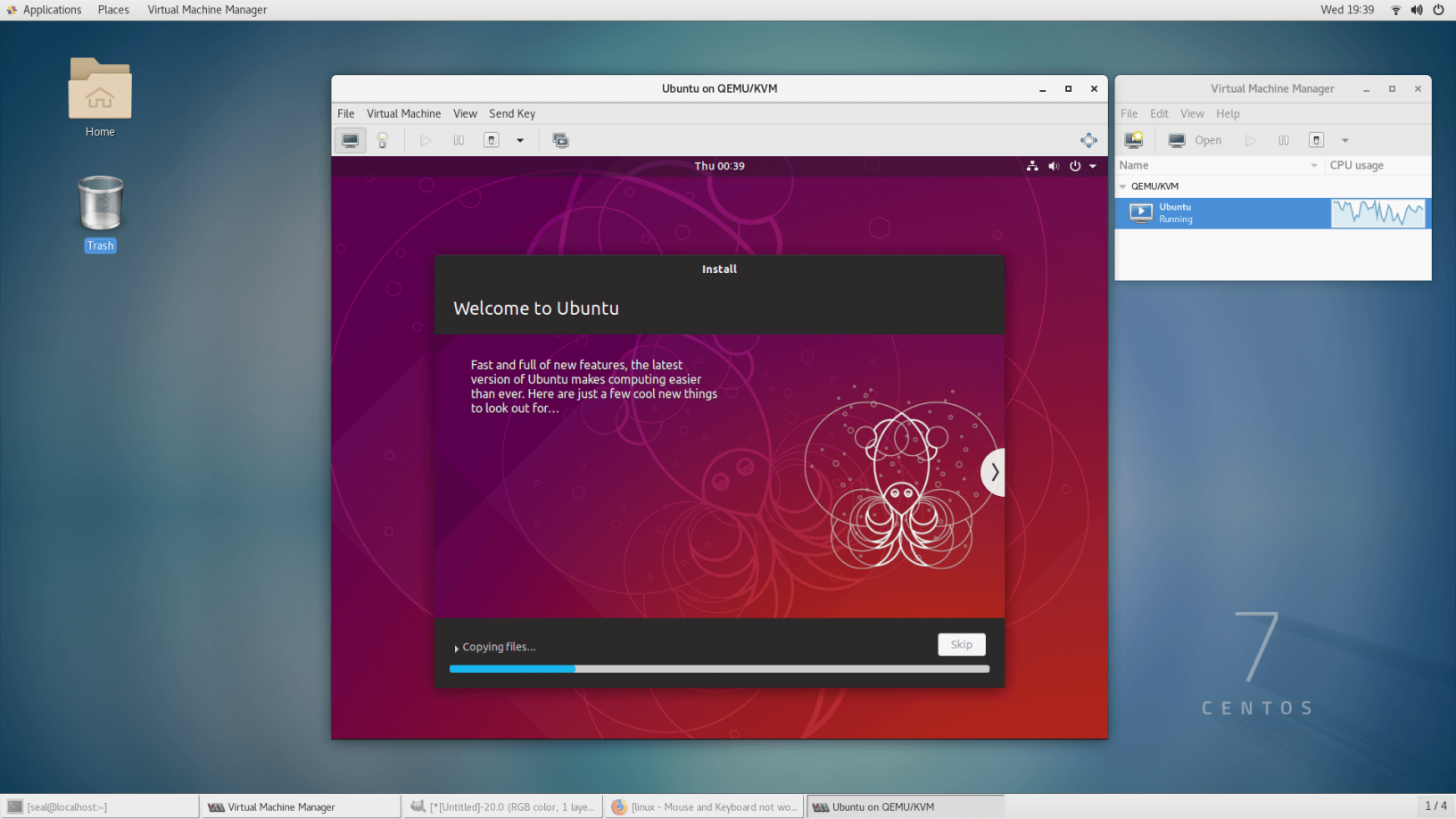


Once done, we’ll use APT again to install QEMU. You can do your system updates in a terminal, with: It’s good for security reasons, but also to avoid conflicts later on. System updatesĪs for any new project, it’s always a good practice to completely update your system to make sure you run the latest version of everything. Installing QEMU on Ubuntu is pretty straightforward, but if it’s your first time, let’s do install it step-by-step. I’ll guide you step-by-step, from installation to the creation of your first virtual machine, and explain how to get a graphic interface for QEMU. From there, virtual machines can be created and run with a few command lines, or by using virt-manager to do the same in a graphic interface. QEMU is available in the default repository on Ubuntu and can be installed with APT. But don’t worry, I’ll explain everything in this guide. Unlike these two, there is no graphic interface so getting started is not really intuitive.

QEMU is a good emulator that is generally used as a virtualizer to create virtual machines that run other operating systems (like VMWare or VirtualBox).


 0 kommentar(er)
0 kommentar(er)
